The positively charged particle at the heart of the atom is an object of unspeakable complexity, one that changes its appearance depending on how it is probed. We’ve attempted to connect the proton’s many faces to form the most complete picture yet.


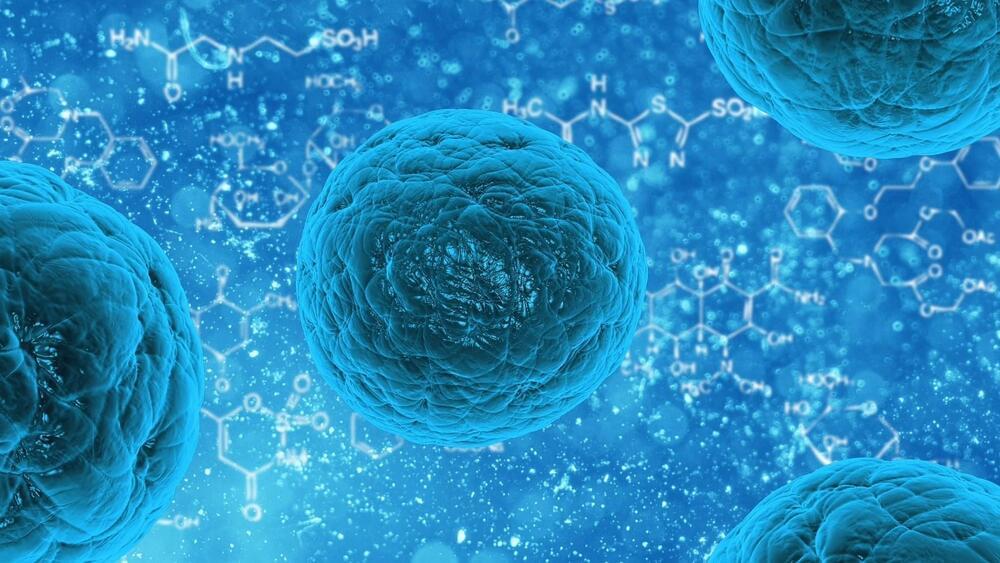
When you cut yourself, a mass migration begins inside your body: Skin cells flood by the thousands toward the site of the wound, where they will soon lay down fresh layers of protective tissue.
In a new study, researchers from the University of Colorado Boulder have taken an important step toward unraveling the drivers behind this collective behavior. The team has developed an equation learning technique that might one day help scientists grasp how the body rebuilds skin, and could potentially inspire new therapies to accelerate wound healing.
“Learning the rules for how individual cells respond to the proximity and relative motion of other cells is critical to understanding why cells migrate into a wound,” said David Bortz, professor of applied mathematics at CU Boulder and senior author of the new study.
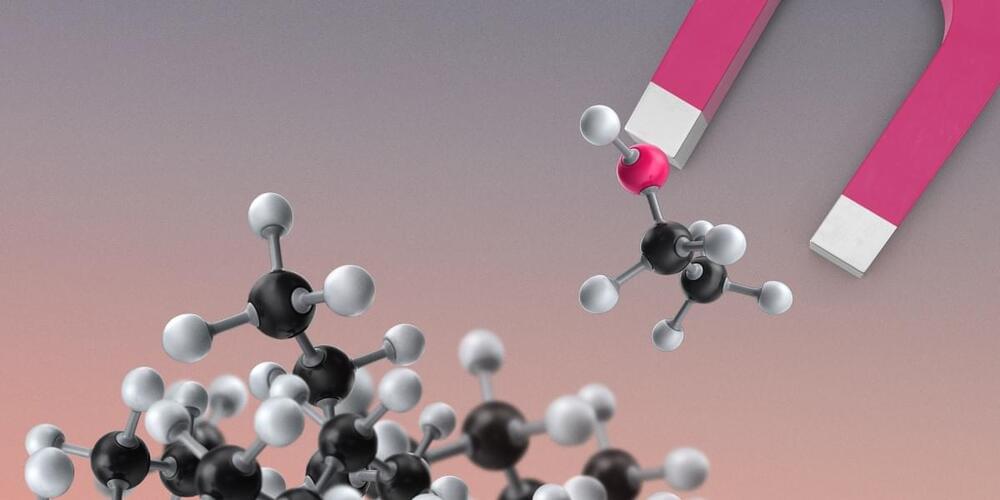
The findings could help pave the way for greater use of machine learning in materials science, a field that still relies heavily on laboratory experimentation. Also, the technique of using machine learning to make predictions that are then checked in the lab could be adapted for discovery in other fields, such as chemistry and physics, say experts in materials science.
To understand why it’s a significant development, it’s worth looking at the traditional way new compounds are usually created, says Michael Titus, an assistant professor of materials engineering at Purdue University, who was not involved in the research. The process of tinkering in the lab is painstaking and inefficient.

TAMPA, Fla. — SpaceX started taking pre-orders Oct. 25 for a flat panel antenna that enables land vehicles to use its Starlink broadband service while in motion.
The company aims to make deliveries starting in December for an upgraded Starlink for RVs service, which currently only comes with a standard $599 Starlink dish designed for stationary use.
The flat panel antenna will cost subscribers $2,500 and is better suited for moving vehicles because its wide area of view can connect to more satellites, according to SpaceX. The company has warned customers that using any other Starlink dish on the go will void their limited warranty.

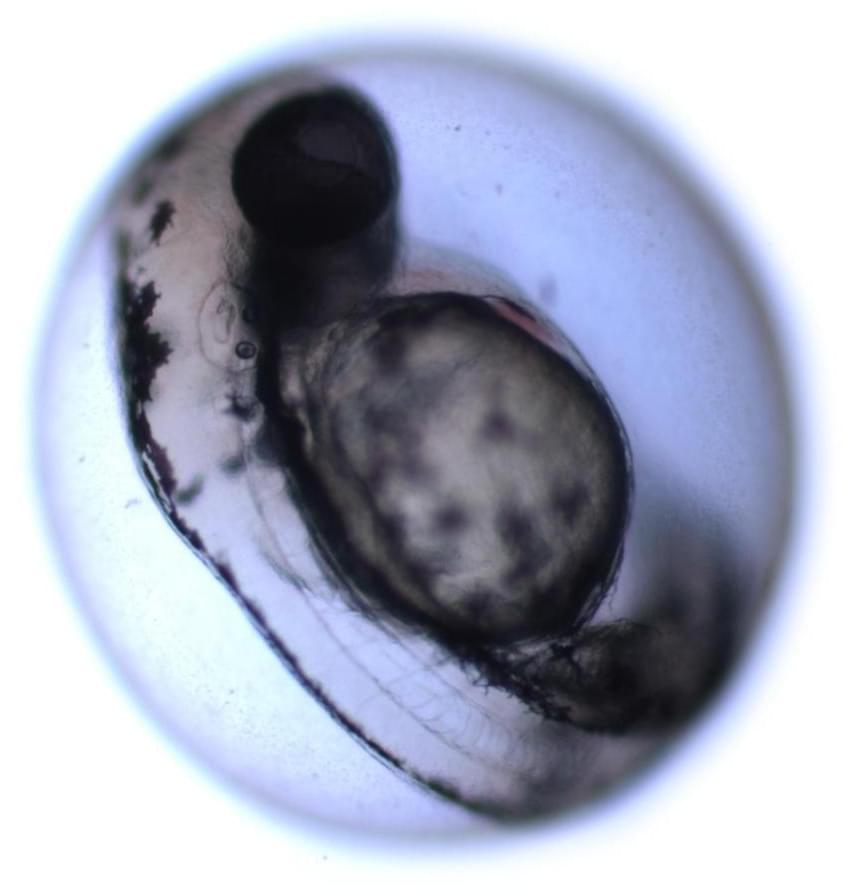
Researchers at the National Institutes of Health have identified a particular protein network that is necessary for cell regeneration to restore hearing in zebrafish. Researchers at the National Human Genome Research Institute (NHGRI) led the research, which may help in the creation of human hearing loss treatments. The findings were recently published in the journal Cell Genomics.
Many animals, like zebrafish, may recover their hearing after injury through the regeneration of hair cells, however, human hair cell loss cannot be restored. The regenerating properties of zebrafish hair cells inspired researchers to use this species to better understand certain fundamental properties of regeneration.
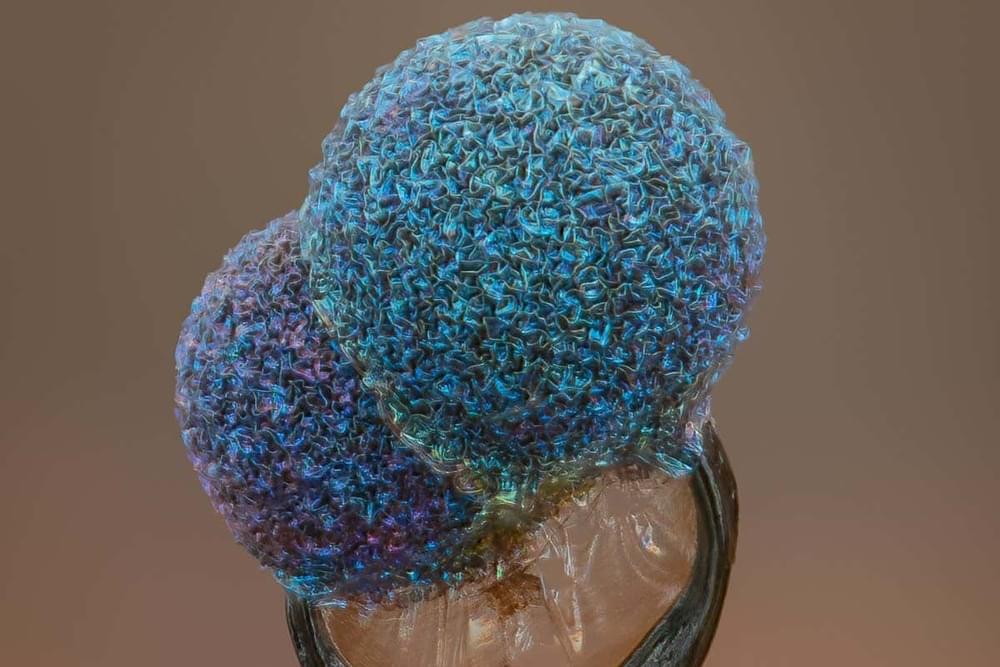
SITTING at the intersection of microscopy and art, these dazzling images are some of the best entries for the Nikon Small World 2022 Photomicrography competition, a global contest that showcases the beauty of science on the microscale.
A fly is clasped by its eyes under the chin of a tiger beetle in the image above, the 10th place entry taken by Murat Öztürk. But this is no tender embrace. Thanks to their strong jaws and ability to run at up to 8 kilometres per hour, tiger beetles make for formidable predators for their prey, which also include ants, spiders and caterpillars.
New research from Carnegie Mellon University’s Robotics Institute can help robots feel layers of cloth rather than relying on computer vision tools to only see it. The work could allow robots to assist people with household tasks like folding laundry.
Humans use their senses of sight and touch to grab a glass or pick up a piece of cloth. It is so routine that little thought goes into it. For robots, however, these tasks are extremely difficult. The amount of data gathered through touch is hard to quantify and the sense has been hard to simulate in robotics—until recently.
“Humans look at something, we reach for it, then we use touch to make sure that we’re in the right position to grab it,” said David Held, an assistant professor in the School of Computer Science and head of the Robots Perceiving and Doing (R-Pad) Lab. “A lot of the tactile sensing humans do is natural to us. We don’t think that much about it, so we don’t realize how valuable it is.”
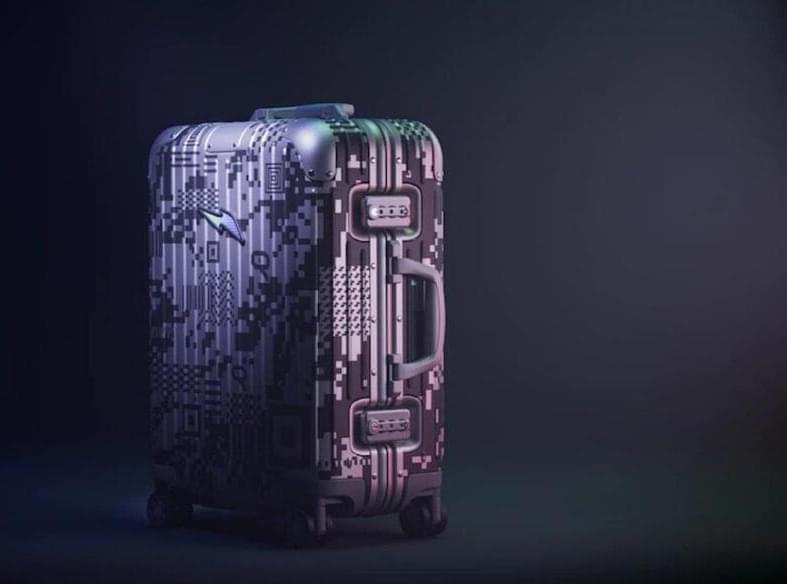
After a short period of relative silence, the metaverse became a hot topic again in no small part thanks to Mark Zuckerberg’s and Meta’s most recent buzz, which, unsurprisingly, split people into camps again. Some say or are hoping that the metaverse is already dead and, along with it, the more controversial NFTs. If that were the case, it seems that nobody told luxury luggage maker RIMOWA about it because it seems that the marque will be diving right into this mess when others seem to be silently stepping out. RIMOWA has partnered with Nike-owned digital fashion brand RTFKT to bring its iconic luggage brand to the metaverse via two NFT drops, but RIMOWA fans can rest assured that they can still get this upcoming limited edition luggage in physical form as well.
Designer: RIMOWA x RTFKT.
The Chinese government has been accused of establishing at least two undeclared “police stations” in the Netherlands.
Dutch media found evidence that the “overseas service stations”, which promise to provide diplomatic services, are being used to try to silence Chinese dissidents in Europe.
A spokeswoman for the Dutch foreign ministry said the existence of the unofficial police outposts was illegal.
The Chinese foreign ministry has rejected the Dutch allegations.
Please subscribe HERE http://bit.ly/1rbfUog.
#China #Netherlands #BBCNews